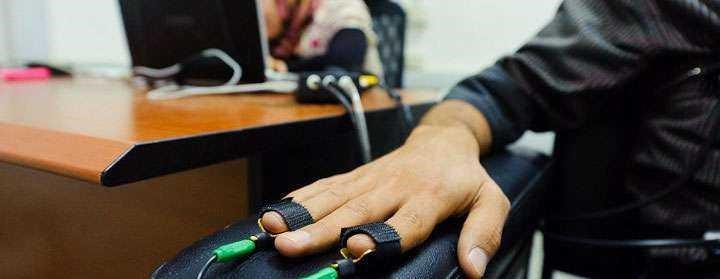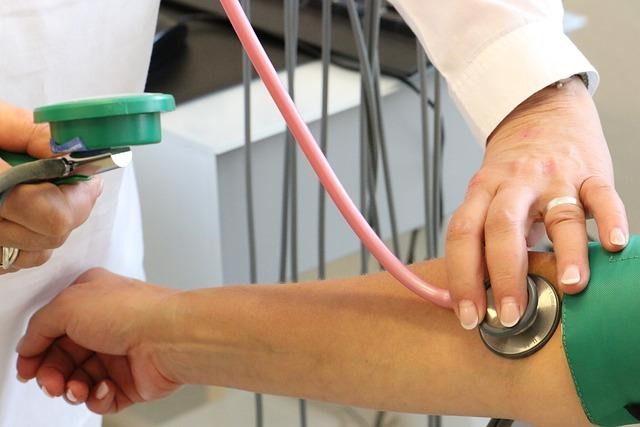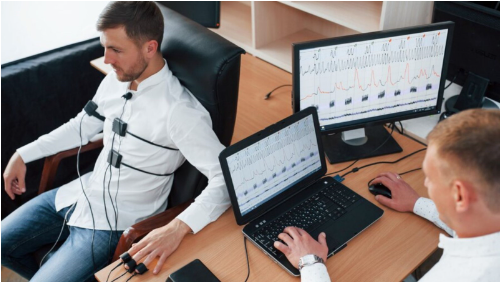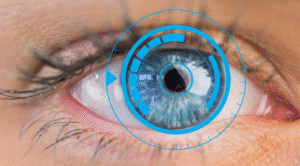The polygraph is a tool commonly used in law enforcement to test whether defendants, witnesses, and other individuals who are party to a criminal case are being truthful or deceptive. It’s more commonly known as a lie detector.
Polygraphs measure various physiological responses linked to deception, including blood pressure, breathing patterns, and skin conductivity. The practice is based on the theory that lying arouses these physiological responses.
To enhance the accuracy of polygraph exams, in-depth preparation is critical. The planning process typically involves a polygrapher subjecting the would-be examinee to a preliminary interview.
During these interviews, an examiner can establish a rapport with the examinee and familiarize themselves with any mitigating factors that could alter the accuracy of the test results.
Components of a Polygraph Machine

The quality of a polygraph machine can significantly impact the accuracy of a lie detector test. Most polygraph machines comprise the following components:
1. Galvanic Skin Response (GSR) Sensors
GSRs measure variances in the skin’s electrical conductivity. They’re also known as electrodermal activity (EDA) sensors.
2. Blood Pressure Cuffs
Blood pressure cuffs, also called sphygmomanometers, measure variations in blood pressure. They’re typically wrapped around the upper arm.
3. Motion Sensors
Motion sensors detect changes in body movements that are synonymous with deception.
4. Vasomotor Sensors
Modern polygraph machines are equipped with vasomotor sensors, which measure activities in the vasomotor center. The vasomotor center is responsible for neurogenic control of blood flow through various body parts.
5. Pneumographs/Respiration Belts
Also known as respiratory belts, these non-invasive devices detect erratic breathing patterns indicative of deception. They specifically monitor anomalous changes in thoracic electrical impedance caused by respiration.
6. Cardiovascular
Cardiovascular sensors monitor fluctuations in cardiovascular parameters associated with deception – changes in heart rate and blood pressure.

Physiological Responses Measured
As mentioned, polygraphs measure changes in certain physiological activities that could indicate deception. The tests focus on the autonomic nervous system (ANS), a system that’s significantly activated by lying, according to multiple studies.
1. Cardiovascular Responses
The ANS comprises two critical divisions specifically targeted by polygraph exams, namely the sympathetic and parasympathetic. Both divisions regulate a change in heart rate and blood pressure but via opposing mechanisms.
Stimulation of the sympathetic system increases cardiovascular activity, consequently affecting blood pressure and heart rate.
2. Skin Conductivity
Skin conductance, also called galvanic skin response or electrodermal activity, is based on changes to the skin’s electrical conductivity caused by sweat gland activity. The parasympathetic division of the ANS is responsible for regulating sweat production.
According to research, skin conductance response (SCR) can vary in amplitude depending on the level of arousal. Polygraph questions can trigger certain levels of arousal, enabling polygraphers to infer if the examinee is being truthful or lying.
3. Stress
Psychological factors like stress may stimulate the autonomic nervous system as well.
Interestingly, stress-induced ANS changes also manifest in physiological signs, such as a change in blood pressure levels.

Steps for Conducting Polygraph Tests
Polygraph tests are divided into three major phases, as explained below:
1. Pre-Test Interview Phase
Pre-tests enable a polygrapher to establish a rapport with the would-be examinee. It also serves the following purposes:
- Obtaining the examinee’s consent
- Analyzing the examinee’s physiological and psychological baselines
- Gathering more details about the case under investigation
2. In-Test
The in-test phase is the actual polygraph exam, during which the examiner and examinee engage in direct questions and answers.
The first step here involves attaching sensors to the examinee’s body. Next comes the question part.
Polygraph questions must be designed to elicit simple Yes or No answers. A polygrapher may ask Relevant, Irrelevant, and Control questions.
Irrelevant questions allow the examinee to relax, while control questions are designed to elicit stronger physiological responses.
3. Post-Test
During the post-test phase, a polygrapher analyzes the data collected from the in-test phase to make a professional deduction.
They may also allow the examinee to explain some of their physiological responses before preparing a report.
The findings are numerically quantified, indicating the likelihood of deception or truthfulness.
Significance of Baselines
Recording baselines is critical to conducting accurate polygraph tests.
Baselines provide the polygrapher with a reference point for scoring the examinee, enabling them to differentiate between genuine reactions and those triggered by deception.
Evolution of Polygraph Technology
Polygraphs have evolved tremendously since their introduction over a century ago.
One of the earliest iterations of modern polygraph machines was built by Cesare Lombroso in the late 1800s. Known as the hydrosphygmograph, this device measured changes in pulse rate and blood pressure.
In 1915, William Marston invented a device that measured systolic blood pressure changes synonymous with deception.
However, it was not until 1921 that the modern polygraph machine was developed. Created by John A. Larson, the device monitored changes in heart rate, blood pressure, and respiration, indicative of deception.
In 1939, Leonarde Keeler improved existing polygraphs by incorporating the galvanic skin response (GSR) sensors.
Fast-forward and since the late-80s, polygraphs became more advanced by integrating computerized algorithms for enhanced accuracy.

Tracking Down the Future of Lie Detectors
Polygraphs have redefined the criminal investigation landscape. By relying on changes in an examinee’s autonomic nervous system, lie detector machines provide a near-foolproof method of detecting deception.
The future of polygraph testing will be marked by the widespread adoption of cutting-edge data analytics technologies, such as artificial intelligence (AI) and optical scanner systems.






